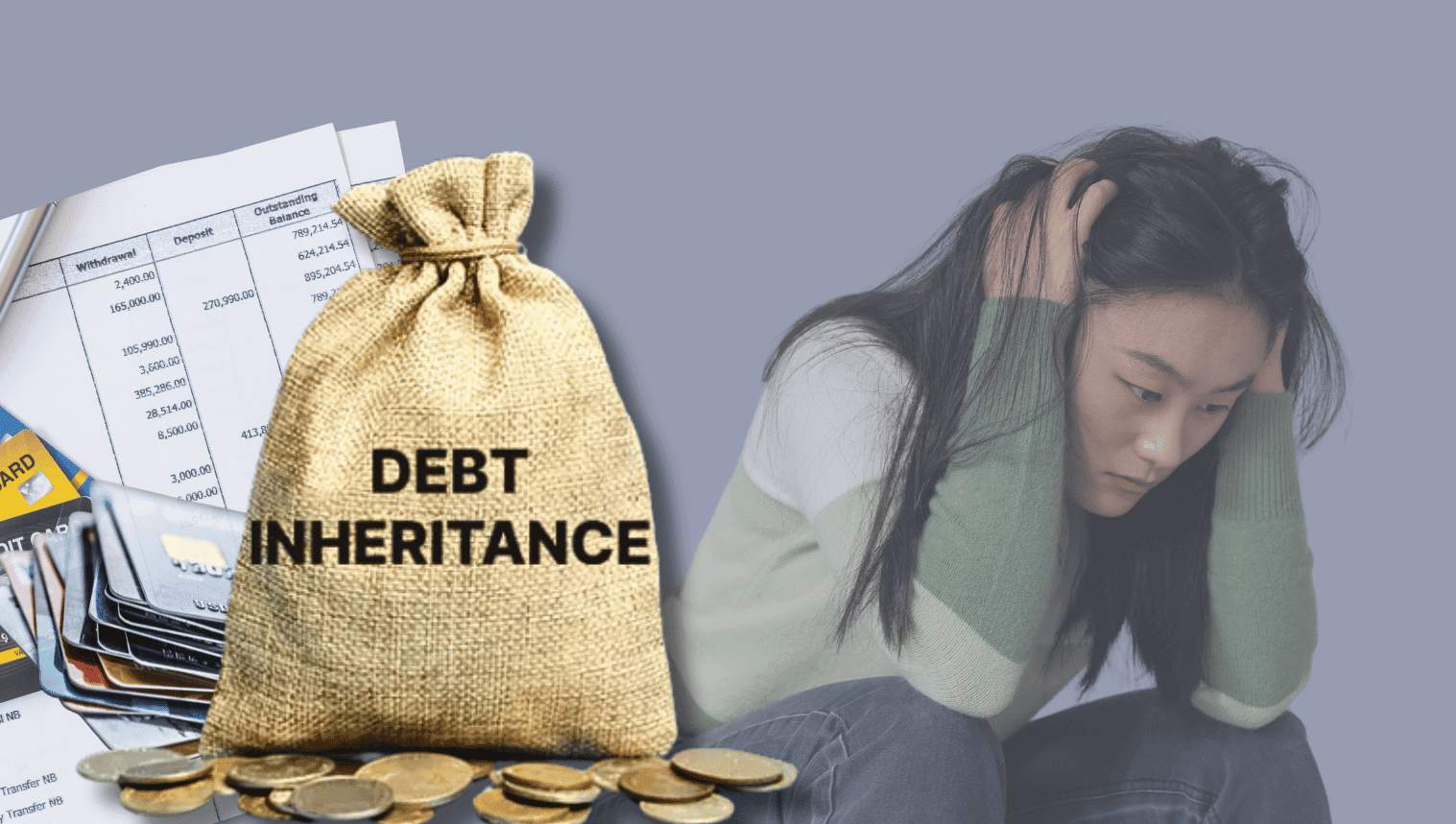Your rights around inheriting debt in Canada can vary depending on several factors, including provincial…

Household Credit: Use at Your Own Risk
We see signs everywhere regarding Household Credit that say “Use at your own risk” to warn us of the dangers. These signs are a substitute for the real thing. They are trying to advise people with helpful details to stop something bad before it happens. Steps to avoid injury by discouraging people from swimming in a contaminated river or lake. Or by replacing real lifeguards with signs.
The warning signs:
To protect retailers and governments from what you owe them. It protects them from lawsuits by them doing the very least. Signs have become proof that whatever happens, you have been warned of the danger. These signs don’t say Do Not Use! There are no fences built to stop people from playing on contaminated beaches.
The recent public warnings of increasing debt is following the example of what businesses and the government.
They don’t say, “Do not use credit because it could be harmful to your health.” They don’t even say, “Use At Your Own Risk.” All we hear is how consumer debt in Canada is too high. The same causes are blamed – low-interest rates and the cost of housing in Ontario and British Columbia.
The current warnings include:
- The consumer debt ratio grows as debt increases faster than income.
- Hot housing markets in B.C. and Ontario are pushing mortgage growth, despite softness in oil-producing regions.
- In Canada, consumer debt continues to grow as the ratio of household credit market debt to disposable income climbed to 164.6 percent from 163.0 percent in the first quarter.
- Increased borrowing comes at a time of low-interest rates.
- The total household credit market debt amounted to $1.874 trillion at the end of the second quarter, up 1.8 percent from the previous quarter.
There are no lifeguards on duty to rescue you from high credit card interest rates or unaffordable housing. No tangible advice is given to Canadian debtors who keep borrowing more each year since the 1970s.
Neither the government nor the business community wants anyone to stop borrowing. They want you to keep shopping. They show their concerns in public. They point a finger at the real estate market and low-interest rates that are not controlled.
Credit and debts are not stopped by growing liabilities that accompany unaffordable housing, unaffordable day-care, unaffordable post-secondary education and lower-income for middle and lower-income families. Everyone is paying a premium for the root causes that are crying out for urgent attention and real action.












